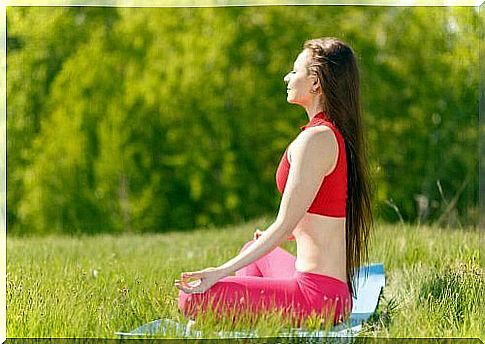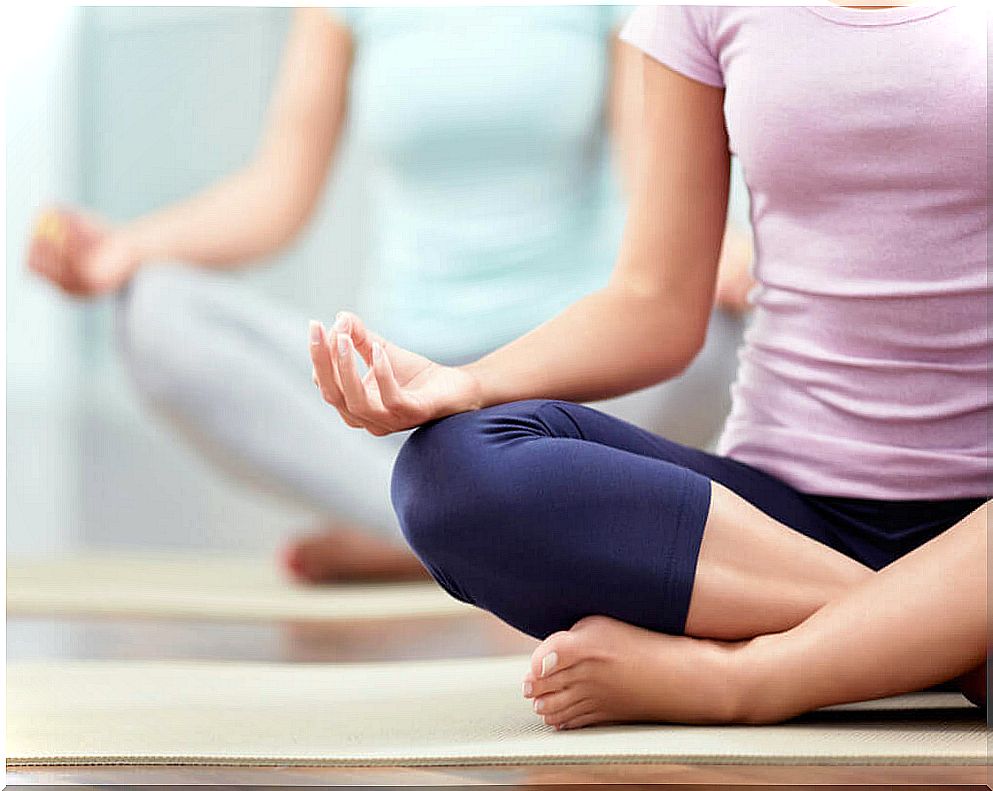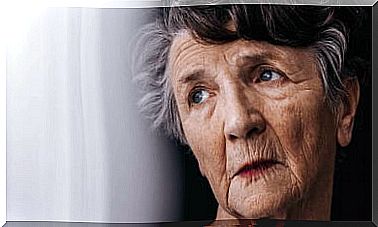Discover The History Of Yoga
The origin of yoga is religious and it was a dance of gratitude to a Hindu god. Nowadays however, it is an activity practiced by many people around the world.

The history of yoga can be traced back to a thousand-year-old practice where balance of body and mind is sought. The person is at the center of the universe and will control his environment with the energies that move his actions. Yoga, as a practice, unites the religious element with the physical element.
The discipline of yoga has evolved and 2 currents have been created to cultivate each of these areas:
- The Hatha yoga develops the physical capabilities of the body
- The Raja Yoga seeks to develop mind control
The 2 currents govern the practice of yoga, but they draw their origin from the Hindu religion. The founders of this discipline were Brahmins and spiritual leaders of their time. There are many theories about the emergence of this ancient practice.
If you are a beginner in the world of yoga, we will tell you about its history here!
The History of Yoga: Nataraj and the Dance of the Spirit
Nataraj was gaining followers, and locals who started training with him noticed changes in their bodies. The practice of these dance poses strengthened the muscles and bones of the dancers. Thus, these changes were seen as a gift from the god they worshiped.
Yoga is a dance between body and mind.

The sacred scriptures of Hinduism
Hinduism is a religion that defines the basics of a way of life. Man will seek during his life the objectives of Dharma (ethics and obligations), Artha (prosperity and work), Kama (desires and passions) and Moksha (liberation, freedom and salvation).
Classical yoga
The practice of yoga dates back to the Indus civilization and, in its sacred writings, we note the presence of figures of men meditating.
The yoga sutra is the book or code of yoga practice. This book specifies the postures and modalities that the meditator must adopt, gradually and successively, and which will allow him to reach the concentration of the mind.
The practice of yoga is based on three principles:
- Yama (discipline)
- Niyama (control)
- Asana (sitting)
The individual will seek to perfect these principles to achieve control of the body and enrich the soul.

Contemplation of the mind
Contemplation of the Eternal Spirit seeks tranquility of the mind and the senses. Many figures in Western history have sought to introduce the practice of yoga as a way of life.
- It is said that Alexander the Great received lessons from a Dándamis yogi because he removed pleasure and pain from the soul. He followed the advice of 7 yogis from India
- He admired the sages who trained their bodies to strengthen their understanding to resolve discord
The practice of yoga, since ancestral times, is seeking the contemplation of the mind of man and is a way of life. That is why we recommend that you know the history of yoga in order to understand the origin of its postures and its philosophy.









